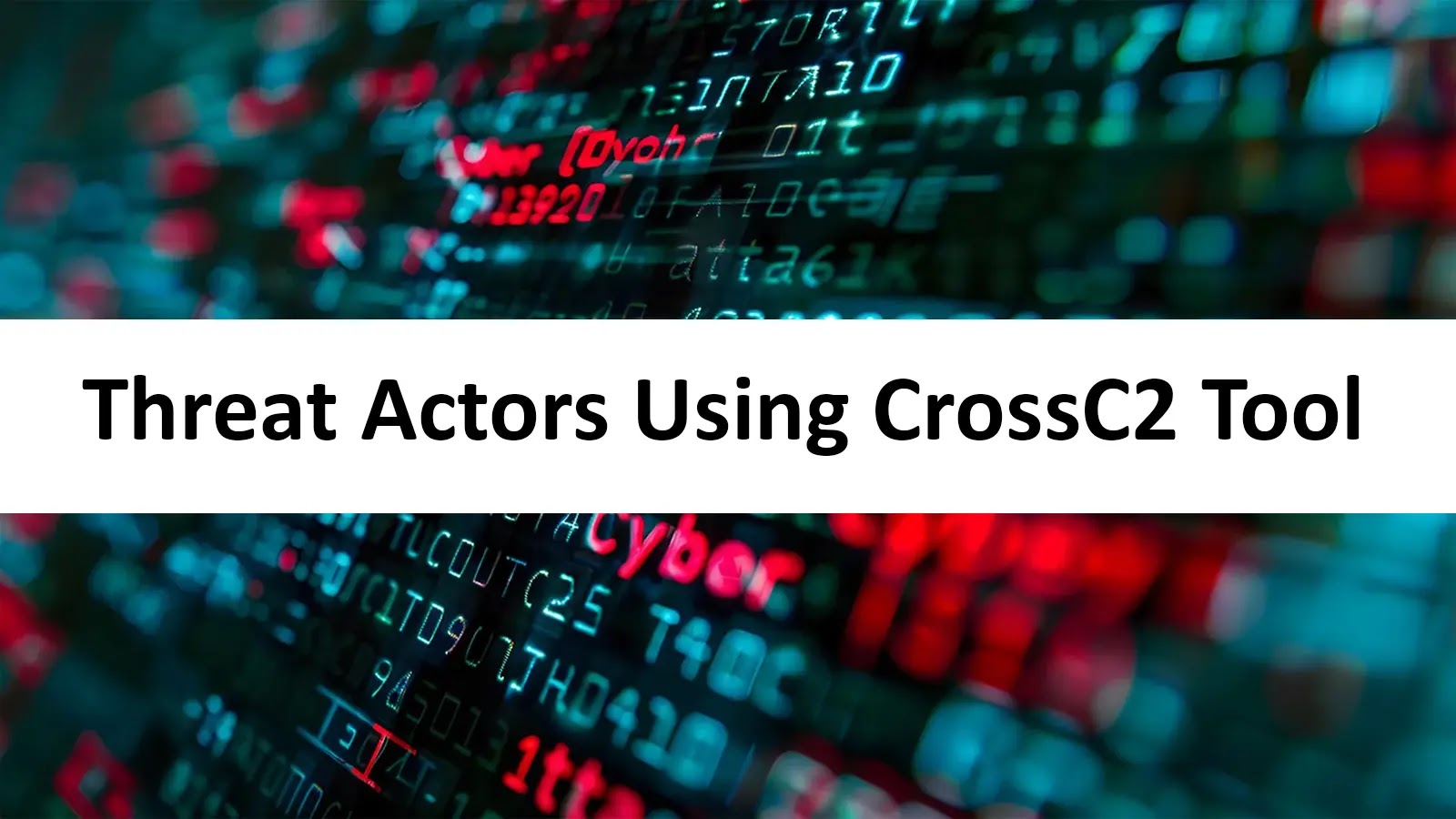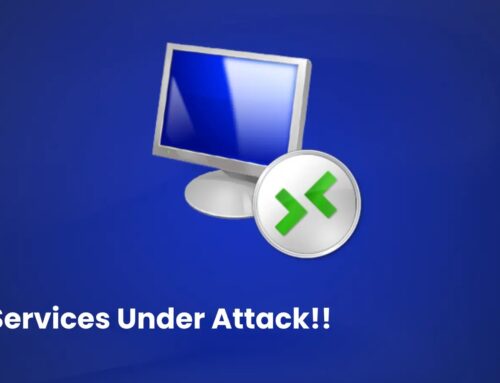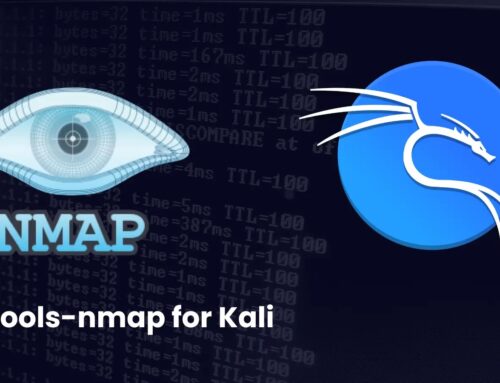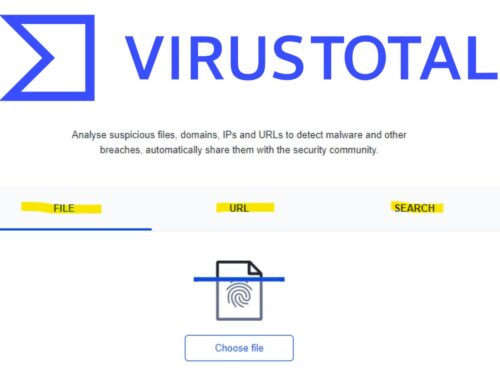
Threat Actors Using CrossC2 Tool to Expand Cobalt Strike to Operate on Linux and macOS
The cybersecurity landscape has just witnessed a significant shift, raising alarms for organizations relying on Linux and macOS environments. Threat actors are now leveraging a sophisticated, unofficial extension tool named CrossC2 to expand the notorious capabilities of Cobalt Strike beyond its traditional Windows stronghold. This development, documented through a surge in incidents between September and December 2024, marks a critical evolution in attacker methodologies and demands immediate attention from security professionals.
The Evolution of Cobalt Strike: From Windows to Cross-Platform
Cobalt Strike has long been a favored post-exploitation framework for red teams and malicious actors alike, prized for its modularity and extensive toolkit for adversary simulation. Historically, its focus has been predominantly on Windows systems. The emergence of CrossC2 fundamentally alters this paradigm, effectively porting Cobalt Strike’s powerful features to target Linux and macOS. This represents a significant expansion of the attack surface and a grave concern for organizations that previously felt a relative sense of security due to their non-Windows IT infrastructure.
Understanding CrossC2: How it Works
CrossC2 functions as a third-party, unofficial extension that generates custom Cobalt Strike Beacon payloads compatible with Linux and macOS. These payloads allow threat actors to establish persistent command-and-control (C2) channels on compromised non-Windows systems. Once active, the Beacon grants attackers a similar level of control and capability that they would typically enjoy on a Windows endpoint, including:
- Remote Code Execution: Executing arbitrary commands and scripts on the compromised system.
- Data Exfiltration: Stealing sensitive data from Linux and macOS machines.
- Lateral Movement: Spreading within the network from a Mac or Linux foothold to other systems.
- Persistence Mechanisms: Establishing lasting access to the compromised environment.
- Evasion Techniques: Employing various methods to bypass security controls on non-Windows platforms.
The ingenuity of CrossC2 lies in its ability to translate Cobalt Strike’s Windows-centric operations into a format that seamlessly interacts with the respective operating system kernels and APIs of Linux and macOS. This integration is deep enough to perform sophisticated post-exploitation activities without significant modifications to the core Cobalt Strike framework itself, making it highly effective and difficult to detect without specialized tools and vigilance.
Documented Incidents and Tactics
Between September and December 2024, cybersecurity incidents involving CrossC2 have been well-documented. While specific campaign attribution and detailed intrusion steps are often confidential due to ongoing investigations, the common thread across these incidents is the successful deployment of Cobalt Strike Beacons on Linux and macOS hosts. Threat actors are likely employing a variety of initial access vectors to gain a foothold, ranging from phishing attacks with malicious attachments or links, exploiting unpatched vulnerabilities (though no specific CVEs for CrossC2 itself exist as it’s a tool, not a vulnerability), or leveraging misconfigurations in externally facing services.
Once a Linux or macOS system is compromised and the CrossC2 Beacon is established, attackers proceed with typical post-exploitation activities. This includes reconnaissance to map the network, privilege escalation to gain higher access, lateral movement to adjacent systems, and ultimately, achieving their objectives, whether that’s data exfiltration, ransomware deployment, or establishing long-term persistent access for espionage.
Remediation Actions and Proactive Defenses
The expansion of Cobalt Strike’s capabilities necessitates a re-evaluation of security postures for Linux and macOS environments. Organizations must adopt a proactive, defense-in-depth strategy that addresses this evolving threat.
- Endpoint Detection and Response (EDR) for Linux/macOS: Implement robust EDR solutions specifically designed for non-Windows operating systems. These tools are crucial for detecting anomalous process behavior, inter-process communication, and network connections indicative of Cobalt Strike Beacon activity.
- Network Segmentation and Least Privilege: Enforce stringent network segmentation to limit the blast radius of a potential compromise. Apply the principle of least privilege to all user accounts and system services on Linux and macOS, reducing the impact of a successful breach.
- Regular Patching and Updates: Maintain a rigorous patching schedule for all Linux distributions, macOS versions, and third-party applications. Vulnerabilities like CVE-2023-45866 (related to Bluetooth vulnerabilities in macOS) or unpatched software in Linux could serve as initial access points.
- Behavioral Monitoring and Anomaly Detection: Monitor the behavior of processes, user accounts, and network traffic on Linux and macOS systems for deviations from baseline activity. Look for unusual network connections, elevated privileges, or attempts to modify system files.
- Strong Authentication and MFA: Implement strong, unique passwords for all accounts and enforce multi-factor authentication (MFA) wherever possible, especially for administrative access to Linux servers and macOS devices.
- Security Awareness Training: Educate users about the dangers of phishing and social engineering attacks, which remain primary initial access vectors regardless of the target operating system.
- Threat Hunting and Log Analysis: Proactively hunt for indicators of compromise (IoCs) and analyze system logs (e.g., syslog, auditd, unified logs on macOS) for signs of suspicious activity or the presence of unfamiliar processes.
Tools for Detection and Mitigation
Several tools and practices can aid in detecting and mitigating the threat posed by CrossC2 and other advanced persistent threats (APTs) targeting Linux and macOS:
| Tool Name | Purpose | Link |
|---|---|---|
| Osquery | Endpoint visibility and detection of suspicious processes and configurations on Linux/macOS. | https://osquery.io/ |
| Auditd (Linux) | Linux kernel’s auditing system for monitoring security-relevant events. | More Info |
| Unified Logging System (macOS) | Centralized logging system for macOS, crucial for forensic analysis. | More Info |
| YARA Rules (Custom) | Creating custom YARA rules for detecting CrossC2 Beacon implants or related artifacts. | https://virustotal.github.io/yara/ |
| ClamAV | Open-source antivirus engine that can be configured to scan for known malware signatures. | https://www.clamav.net/ |
Conclusion
The adaptation of Cobalt Strike via CrossC2 to operate on Linux and macOS environments signifies a dangerous evolution in threat actor capabilities. It underscores the critical need for organizations to extend their robust security measures beyond Windows-centric defenses. Comprehensive endpoint security, vigilant network monitoring, diligent patching, and proactive threat hunting across all operating system types are no longer optional but imperative for maintaining a resilient cybersecurity posture in the face of increasingly sophisticated and adaptable adversaries.





